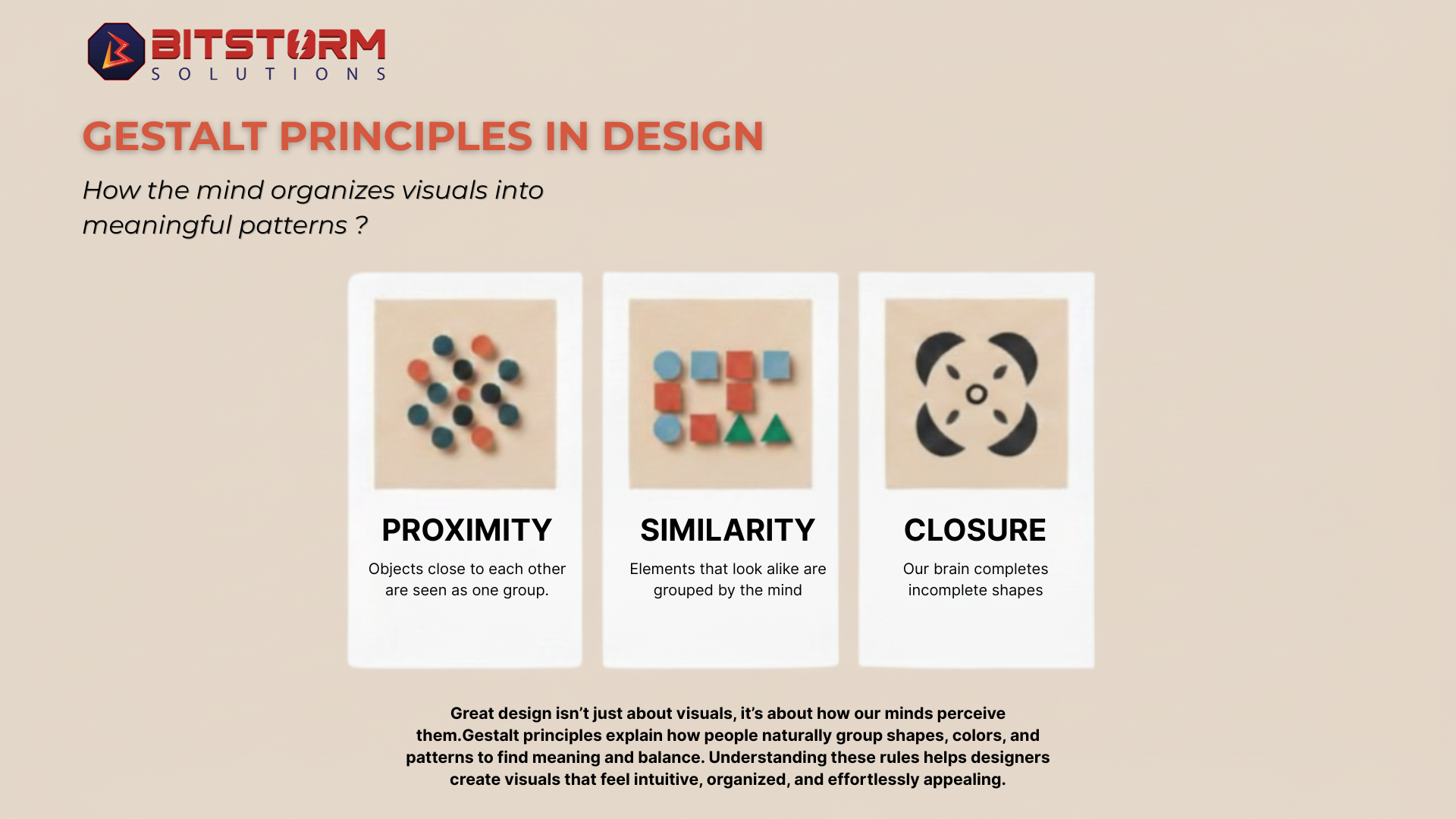
1️⃣ The Quiet Power of SaaS and Cloud Integration
Think about the last time your business needed a new tool. Instead of waiting weeks for installations and setup, you logged in online, and everything just worked.
- You didn’t worry about server maintenance
- You didn’t spend days installing updates.
- You simply used the software and focused on running your business.
2️⃣ What “Seamless” SaaS and Cloud Integration Really Means
When SaaS and the cloud are working in harmony, everything just flows.
Example in finance:
Your accounting system automatically syncs with your CRM, pulling in invoices, client data, and reports in real time no manual entry needed.
Example in e-commerce:
Your online store instantly updates stock levels across multiple sales channels the moment a purchase is made.
Example in collaboration:
Your team shares documents, edits files simultaneously, and attends virtual meetings without wondering where anything is stored.
SaaS plus cloud integration is like electricity; you don’t think about how it works, but you rely on it every second.
3️⃣ The Pain of Missing Integration
When SaaS platforms are disconnected or poorly integrated, problems pile up quickly.
- Data silos keep departments from seeing the full picture
- Manual processes waste time and introduce errors
- Outdated tools frustrate teams and limit growth
- Security risks multiply when multiple disconnected systems
And the real danger?
Customers and employees lose trust fast. Just one bad experience like lost data or downtime can undo months of progress.
4️⃣ The Core Principles Behind Effective SaaS and Cloud Integration
Great integration isn’t just about connecting systems, it’s about enabling smooth business operations. Here are the pillars:
Scalability: Grow without worrying about infrastructure limits.
Efficiency: Automate processes and cut down repetitive work.
Accessibility: Work securely from anywhere, on any device.
Collaboration: Keep teams aligned with shared tools and real-time updates.
Security: Protect data with compliance-ready cloud solutions.
Resilience: Ensure continuity even in unexpected disruptions.
5️⃣ Real-World Impact
SaaS and cloud integration isn’t just convenient, it’s transformative.
In startups: Teams can launch products globally without heavy IT costs.
In enterprises: Leaders gain a unified view of operations, empowering faster decision-making.
In healthcare: Cloud-based records improve patient care by making critical information instantly available.
In retail: Integrated SaaS systems streamline supply chains, reduce errors, and improve customer experience.
Every industry sees the same result: smoother workflows, reduced costs, and a sharper competitive edge
6️⃣ Final Thought: The Silent Backbone of Modern Business
SaaS platforms and cloud integration are like the oxygen of digital business unseen but essential.
They don’t fight for the spotlight, but they keep everything alive.
They don’t just reduce IT headaches, they enable innovation.
When integration works seamlessly, teams focus on strategy, customers, and growth instead of wrestling with technology.
And that’s when businesses truly succeed.



